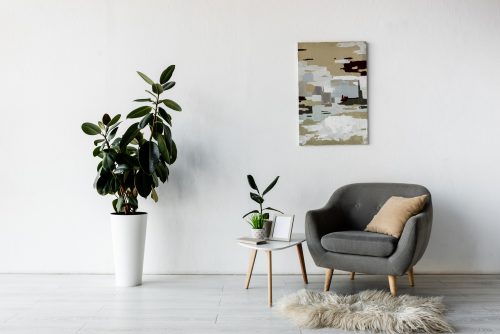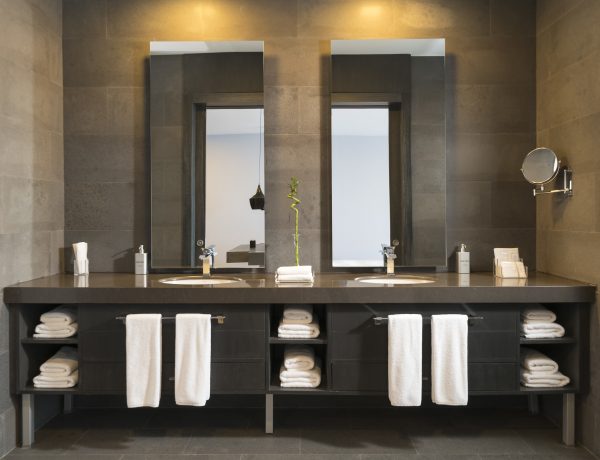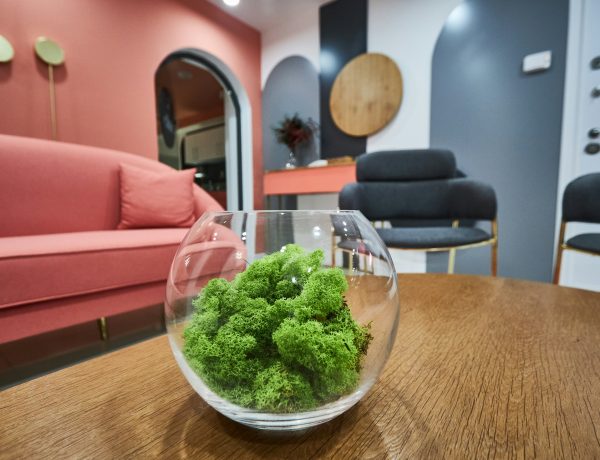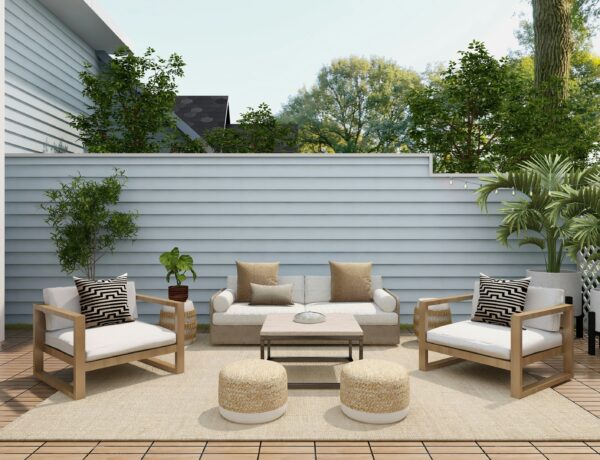Armchairs have developed as more than just useful pieces of furniture in the realm of interior design. These welcoming and comfy chairs have a significant influence on a space’s emotional design, generating emotions of warmth, connection, and joy. Armchairs have the extraordinary capacity to convert a space into a sanctuary, cultivating an ambience that connects with our deepest emotions.
Join us on this fascinating trip as we dig into the many design styles that appreciate these timeless objects, and learn how they transcend plain practicality to become the essence of our living spaces.
What is emotional design?
Emotional Design UX (User Experience) refers to the practice of incorporating emotional elements into the design of digital products and user interfaces to create a more meaningful and engaging user experience. It is a subfield of UX design that focuses on understanding and addressing users’ emotional responses and connections to the product or service being offered.
Emotional Design UX acknowledges that users’ decisions and behaviours are highly impacted by their emotions and feelings during interactions with a digital product and are not entirely based on rational considerations. Designers may build a more memorable and compelling user experience by tapping into these emotional responses.
The Importance of emotional design in furniture
The importance of emotional design in furniture cannot be overstated. It has an impact on how people interact and perceive furnishings. Positive feelings, a sense of relaxation, and a more appealing appearance can all be induced through well-crafted emotional design. It’s not only about being practical; emotional design delves into human psychology to meet our emotional requirements. Humans are drawn to items that move them emotionally. Furniture with intentional emotive design may significantly improve the ambience of a place.
 Materials and textures are essential components of emotional design. Soft textiles, such as velvet or pillows, may make a room feel opulent and inviting. Metal or glass surfaces, on the other hand, provide a modern and fashionable surroundings. Colours are also quite essential. They have the power to provoke a variety of emotions. Red or orange creates a welcoming and upbeat climate. Blue and green are relaxing colours.
Materials and textures are essential components of emotional design. Soft textiles, such as velvet or pillows, may make a room feel opulent and inviting. Metal or glass surfaces, on the other hand, provide a modern and fashionable surroundings. Colours are also quite essential. They have the power to provoke a variety of emotions. Red or orange creates a welcoming and upbeat climate. Blue and green are relaxing colours.
Shape and shape are equally important components of emotional design. Curves are frequently associated with relaxation and harmony. Angular forms exude power and bravery.
Challenges and Considerations in Designing Emotionally Engaging Armchairs
Balancing aesthetics and functionality
When creating seats with feeling, achieving a good balance between beauty and utility is critical. It is critical to strike the correct balance, as a visually appealing chair may lack comfort and a functional one may lack attractiveness. Designers must consider materials, colours, forms, and textures that are not just appealing but also functional.
Designers must investigate new designs that merge into modern spaces while providing the best comfort and support to create armchairs that excel in both beauty and utility. They can improve the user experience by including amenities like as adjustable recliners, massaging capabilities, and easy controls. Unusual yet sensible design choices may make couches aesthetically and practically appealing.
It is also critical to choose high-quality materials. They should exude refinement and luxury while being durable and simple to care for. Finding the right mix between rich upholstery materials or quality leather and ergonomic support may have a big impact on an armchair’s emotional appeal. Ergonomics is also vital for optimal body alignment and support for increased relaxation. To create armchairs that meet individual needs, designers must consider seat depth, height adjustment choices, lumbar support, and customizability.
Addressing diverse emotional needs and preferences
 Creating armchairs that provoke emotions needs serious thought. Each person has unique demands that must be met in order to provide a memorable experience. Designers must comprehend the variety of human emotions and how different characteristics might elicit them. Colours, materials, textures, and forms are all crucial. Soft textiles, such as velvet or soft pillows, provide comfort and relaxation, whilst bright hues, such as red or yellow, may provide energy and enthusiasm.
Creating armchairs that provoke emotions needs serious thought. Each person has unique demands that must be met in order to provide a memorable experience. Designers must comprehend the variety of human emotions and how different characteristics might elicit them. Colours, materials, textures, and forms are all crucial. Soft textiles, such as velvet or soft pillows, provide comfort and relaxation, whilst bright hues, such as red or yellow, may provide energy and enthusiasm.
Personalization options allow users to personalize the armchair to their preferences. Customisable patterns and replaceable pieces allow individuals to design something that speaks to them. Multisensory elements are also possible. Built-in speakers, vibrating mechanisms, and other features give audio experiences that improve emotionality. Finally, ergonomic design must be considered. For the greatest comfort and happiness, armchairs should follow the natural contours of the body.
Incorporating sustainable and ethical design practices
To reduce environmental effects, designers might use sustainably produced materials such as bamboo or repurposed wood. Non-toxic coatings and adhesives also assist to decrease emissions throughout the manufacturing process. Ethical concerns are equally essential. Designers should guarantee that their manufacturers and suppliers give their employees with safe, fair working conditions and salaries. Durability is also important. Armchairs should be built to last in order to prevent waste while also encouraging careful use.
Read more home decor articles at ClichéMag.com
Images provided by Deposit Photos, BingAI, Adobe Stock, Unsplash, Pexels, Pixabay & Creative Commons




